Braces are a common experience among teens and pre-teens. And although the treatment can be a major financial undertaking, more and more families pursue it to help their child attain a straighter, more attractive smile.
But orthodontics isn’t first and foremost a cosmetic treatment. Although an improved appearance is a benefit, the main reason for treatment is therapeutic—it can improve your child’s current and future dental health.
The teeth’s relationship to the jaws and gums makes moving them possible. Rather than simply being fixed within their jawbone socket, teeth are actually held in place by a strong, elastic tissue called the periodontal ligament. The ligament lies between the teeth and jawbone and attaches to both with tiny extending fibers. This attachment secures the teeth in place.
But the ligament also has a dynamic quality—it can reshape itself when necessary and allow teeth to move gradually into new positions. This is most necessary during the early years of mouth and jaw development, but it can also occur throughout life. Orthodontics takes advantage of this mechanism by applying precise pressure to the teeth in the direction of desired movement. The periodontal ligament does the rest by reshaping and allowing the teeth to move in response to this pressure.
The result is straighter teeth and a more normal bite. With the teeth now where they should be, it’s also easier to clean them of disease-causing dental plaque, whereas misaligned teeth are more prone to plaque accumulation that can be difficult to remove. And because the whole mouth including teeth are involved when we talk, teeth positioned in a more normal bite will improve speech.
Orthodontics is a long-term process, often encompassing more than the actual time wearing braces. Both orthodontists and pediatric dentists recommend a bite evaluation by an orthodontist around the age of 6. If it does appear an abnormal bite is forming, it may be possible to intervene and stop or at least slow the development. This could have a more positive impact on any future treatment.
Braces and other treatments can make a difference in your child’s self-image and social relationships. But the main beneficiary will be their dental health.
If you would like more information on orthodontic treatment, please contact us or schedule an appointment for a consultation. You can also learn more about this topic by reading the Dear Doctor magazine article “Moving Teeth With Orthodontics.”



